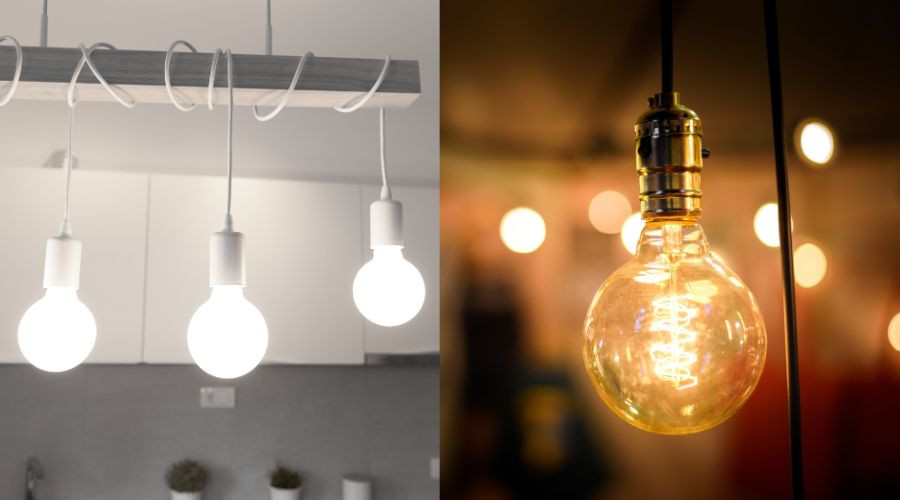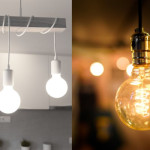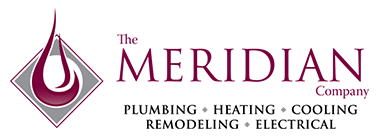Pros and Cons of Incandescent and LED Lighting
In an era where environmental consciousness meets practical money-saving decisions, the simple act of changing a light bulb has taken on new significance. While many grew up with the warm glow of incandescent bulbs lighting their homes, it may be time to switch to LED lighting.
As energy costs continue to rise and environmental concerns grow, switching to LED lights isn't just a trend but a smart investment. Whether a homeowner is looking to reduce electric expenses or simply wants to spend less time changing burnt-out bulbs, understanding the advantages of LED lighting could illuminate the path to a more efficient future for their home.
Benefits of LED Lighting
 LED lights represent a significant technological advancement over traditional incandescent bulbs, offering compelling benefits that make them a great choice for modern lighting needs. The most notable advantage is their remarkable energy efficiency, with LED bulbs using approximately 75% less energy than incandescent bulbs. This translates to savings on electricity bills.
LED lights represent a significant technological advancement over traditional incandescent bulbs, offering compelling benefits that make them a great choice for modern lighting needs. The most notable advantage is their remarkable energy efficiency, with LED bulbs using approximately 75% less energy than incandescent bulbs. This translates to savings on electricity bills.
Additionally, LED bulbs boast an impressive lifespan of about 50,000 hours compared to the mere 1,000-hour typical lifespan offered by incandescent bulbs. This means people can go much longer without having to buy and replace LED bulbs. LED lights also generate minimal heat during operation, reducing the hazards associated with hot incandescent bulbs. Their durability is also superior, thanks to solid-state construction that resists breakage and vibration, making them ideal for indoor and outdoor applications.
Benefits of Incandescent Lighting
 While LED technology has become the increasingly popular choice for lighting, some people still use incandescent light bulbs because of certain advantages that have kept them relevant in specific applications. The most immediate benefit is their lower upfront cost, with individual bulbs costing less than their LED counterparts. This makes them an attractive option for temporary lighting solutions or budget-conscious consumers needing immediate lighting solutions. However, they are less efficient and don’t last as long, making them more costly in the long run.
While LED technology has become the increasingly popular choice for lighting, some people still use incandescent light bulbs because of certain advantages that have kept them relevant in specific applications. The most immediate benefit is their lower upfront cost, with individual bulbs costing less than their LED counterparts. This makes them an attractive option for temporary lighting solutions or budget-conscious consumers needing immediate lighting solutions. However, they are less efficient and don’t last as long, making them more costly in the long run.
Additionally, incandescent bulbs are widely praised for their warm and familiar light. The familiar warm glow creates an inviting atmosphere that many people find particularly appealing in residential settings, especially spaces where ambiance is paramount, such as dining rooms or bedrooms. However, LED lighting and color options have increased, so switching to LED lights doesn’t mean compromising ambiance.
Things to Consider When Switching to LED Lights
Many homeowners overlook compatibility with existing fixtures when transitioning to LED lighting. While most modern LED light bulbs are designed to work with standard fixtures, using existing hardware may limit options in terms of bulb shapes, sizes, and features. Some older fixtures might not provide optimal performance with certain LED bulbs, potentially affecting light output or causing premature failure.
The possibilities expand significantly for those willing to upgrade both bulbs and fixtures simultaneously. New LED-specific fixtures are engineered to maximize the technology's benefits, offering superior heat dissipation, better dimming capabilities, and often more innovative features like built-in color temperature adjustment or smart home integration. Traditional dimming systems designed for incandescent bulbs typically won't work properly with LED lights, as they operate on different electrical principles. Invest in LED-compatible dimmer switches designed for this technology to achieve smooth dimming functionality.
About The Meridian Company
The Meridian Company is a remodeling, plumbing, heating, cooling, and electrical company serving the Lansing area. They offer fast response and a satisfaction guarantee. Call them for electrical services in East Lansing, MI.



